In the winter, it’s important for drivers to take all the precautions necessary to travel safely in hazardous conditions. That often means fitting a set of winter tyres to tackle snow and ice, which can cause our road network to grind to a halt - even after the slightest dusting.
But are winter tyres worth it? In this in-depth guide, we’ll look closely at winter tyres and discuss whether or not they merit the outlay, before considering every other aspect of driving during the cold season.
What are winter tyres?
Winter tyres are specially engineered to provide improved grip and traction in cold weather, specifically in temperatures below 7deg C.
They aren’t just for driving on snow and ice: they’re also useful in the wet, and on bone-dry surfaces too. Winter tyres are also better at clearing standing water, so they’re safer than summer tyres when it’s raining.
In the UK, winter tyres will be most effectively used between the end of November and the start of March, where they will almost certainly generate more grip than summer tyres.
How do winter tyres work?
Winter tyres are different from summer tyres in three specific ways. Here’s how they work.
Winter tyres have a more effective tread pattern, with many more grooves, or sipes, cut into it, which displaces water more effectively and helps the tyre to bite into snow and ice.

Winter tyres are made from a compound that has more silica in it, which means they stay soft and supple even in freezing temperatures. In very cold conditions, the rubber of a summer tyre becomes extremely rigid, meaning it slips across the surface of the road rather than clinging onto it.
Finally, a winter tyre’s rubber blocks are designed to vibrate when on the move, which means any snow they might have picked up will be shaken out. A summer tyre, meanwhile, will become clogged up with snow and ice and in effect become completely smooth and entirely ineffective.
Can you use winter tyres in summer?
There is no legal reason why you can’t use winter tyres in summer, but we certainly wouldn’t recommend it. In warm weather, winter tyres will wear out much more quickly than summer tyres, hitting you where it really hurts - your wallet.
Plus, winter tyres generate less grip and traction than summer tyres in warm weather, which means they’ll be less safe. As summer tyres perform best when the ambient temperature is above 7deg C, the best thing to do is remove your winter tyres once temperatures start creeping up again and keep them in storage for the following winter.
Are winter tyres a legal requirement?
As it stands, it is not a legal requirement in the UK to fit winter tyres during the cold season. In other northern European countries, including Germany, drivers are compelled by law to remove summer tyres under wintry road conditions. That law also applies to visitors. As a rule of thumb, German drivers switch to winter rubber between October and Easter.
In other countries such as Finland and Sweden, it is mandatory to fit winter tyres during colder months, regardless of what the road conditions may be.
How much do winter tyres cost?
The cost of winter tyres will vary enormously depending on brand and size. Generally, however, you should expect to pay almost the same for winter tyres as you would for a set of summer tyres.
What’s the difference between winter tyres and all-season tyres?
Designed for countries with moderate climates such as the UK, all-season tyres combine elements of winter and summer tyres for year-round use.
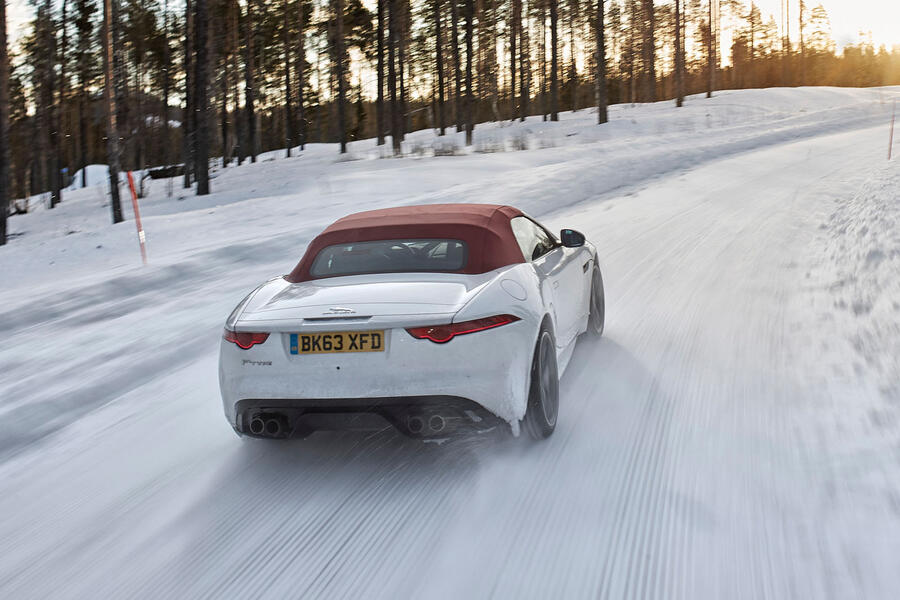
They are made of a compound that offers good grip in dry and warm conditions without becoming hard and rigid in very low temperatures. Like winter tyres, they also have plenty of sipes cut into the tread. Many drivers find all-season tyres to be the most convenient option since they can be left in place for all four seasons.
However, all-season tyres are fundamentally compromised. They will be neither as grippy as summer tyres in the warmer months nor as effective as full winter tyres in cold, low-grip conditions. What’s more, fitting all-season tyres to a performance car is a guaranteed way to ensure that the car never feels as sharp or as grippy as it should do.
In cold temperatures and low-grip conditions, all-season tyres versus winter tyres is no contest: winter tyres will be far more effective.
Are winter tyres better than four-wheel drive?
To work out if winter tyres are preferable in low-grip conditions to four-wheel drive, we tested a front-wheel-drive Skoda Yeti with winter tyres against an otherwise identical four-wheel-drive Yeti with summer tyres.
In very cold conditions on a Tarmac surface that was covered with slushy snow, the four-wheel-drive car was quicker to accelerate to 30mph from a standstill, which means it had a clear traction advantage. That’s all well and good, but any car that has begun accelerating will eventually have to negotiate a corner or come to a stop.
When braking, a car with four-wheel drive has no advantage over a front-wheel-drive car whatsoever. (In fact, given that it will likely be heavier, the four-wheel-drive car will actually be at a disadvantage.) In a braking test from 20mph to a standstill, the front-wheel-drive car with winter tyres stopped in a much shorter distance than the four-wheel-drive car with summer tyres. That shorter distance might have been the difference between having no accident at all and having a very serious one.
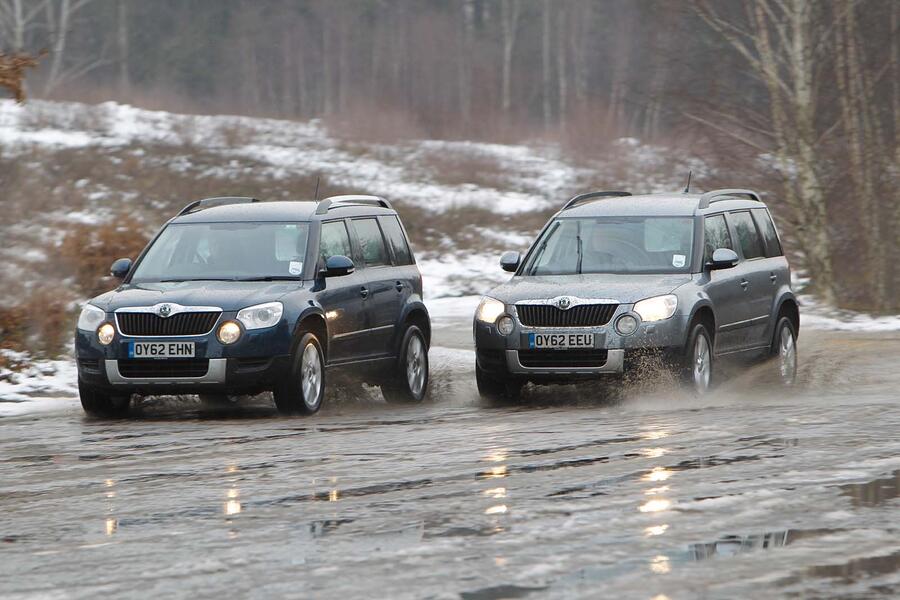
In the cornering test, the outcome was very similar. The four-wheel-drive car with summer tyres was able to generate only 0.17g of lateral acceleration - a measure of how much cornering grip a car has - whereas the front-wheel-drive car with winter tyres generated 0.23g of lateral acceleration. That might not seem like a huge amount, but what it tells us is that winter tyres generate 35% more cornering grip on snow than summer tyres. Again, that might just be the difference between avoiding an accident and having a big one.
The best solution for our winter months would clearly be a four-wheel-drive car fitted with winter tyres. What our test demonstrates, though, is that a two-wheel-drive car with winter tyres is much better overall in cold weather than a 4x4 on summer tyres. A set of winter rubber for your existing car will be an awful lot cheaper than upgrading to a new off-roader too.
How to store winter tyres
Winter tyres should be stored in a cool, dry place, stacked on top of one another and away from direct sunlight and heat sources to prevent the rubber from degrading.
When you remove your winter tyres, you should mark each one so that when it comes time to refit them, you can rotate their positions on the car to even out the rate of wear. Your garage at home or the garden shed would be an ideal place to keep them.
You should also wash your winter tyres with warm water and dry them carefully before putting them into storage.
If you do not have space to store them at home, many tyre fitters offer a ‘tyre hotel’ service. For a fee of around £10 per tyre per season, they will store them for you.
Identifying winter tyres
In 2012, a new ‘Alpine’ symbol was introduced to identify winter tyres. Only tyres that display the three-peak icon with the snowflake motif within are legally classified as winter tyres.
Winter tyres also have thousands of small grooves in their tread blocks that are used to disperse water and prevent aquaplaning, and they have a deeper tread pattern to allow somewhere for snow to sit. Interestingly, the more compacted snow that sits inside the tyre the better it will grip, thanks to the naturally grippy qualities of snow.
Frequently asked questions
Can you mix summer and winter tyres?
There is no law in the UK that says you can’t, but given that winter tyres and summer tyres will generate enormously varied levels of grip, it isn’t safe to do so.
Can you fit winter tyres to steel wheels?
Yes. In fact, many drivers buy a set of steel wheels - which are cheaper than alloy wheels - and leave their winter tyres mounted on them year-round.
Can you use winter tyres on a rear-wheel-drive car?
Yes, you can use winter tyres on a rear-wheel-drive car. In fact, they will confer an even greater advantage than they would on a front- or four-wheel-drive car. That’s because rear-wheel-drive cars are by their nature more compromised in low-grip conditions than other cars.

What are studded winter tyres?
Studded tyres are different from winter tyres and are designed for thick snow and ice. They might have little studs pressed into the tread, or longer spikes that poke right out of them. Studded tyres are almost certainly not required in the UK, even in the depths of winter.
Can I rent winter tyres?
Some companies do offer this service, with prices normally charged from 25p per mile. However, it will work out cheaper in the long run to buy a set and keep them stored safely during the warmer months.
How long do winter tyres last?
As long as you only use winter tyres during the winter, you can expect to get the same number of miles out of a set as you would from summer tyres the rest of the year. However, winter tyres will wear out very quickly if you use them in warmer weather.
When should I change to winter tyres?
You should fit your winter tyres as soon as the ambient temperature drops consistently below 7deg Celsius. Similarly, you should remove them again once the temperature rises above that. Given that the UK winter is unpredictable - ranging from anywhere between cold and frigid to dry and mild - it’s wise to keep your winter tyres readily to hand and mounted on wheels, so that you can switch between them and your summer tyres when necessary.
Are winter tyres compulsory abroad?
In many countries throughout Europe, winter tyres are compulsory in the winter. If you are travelling overseas, be sure to check beforehand what the law states.
What pressure should winter tyres be set to?
Winter tyre pressures should be the same as summer tyre pressures. However, it’s important to set those tyres pressures in representative ambient conditions. As the temperature falls, so will your tyre pressures. If you’re setting them inside a warm garage, for instance, they will drop by as much as 10% once they’re outside in the cold.
Can you put winter tyres on the front only?
In the UK, it isn’t illegal to do so, but mixing winter and summer tyres is not safe as the back of the car may start to slide as the back wheels lose grip, therefore it is not recommended.
Do I really need winter tyres on a front-wheel-drive car?
Yes, because although the improvements aren’t as great as they are on rear-wheel-drive cars, they are still very significant indeed, especially in braking and cornering performance.
Where’s the best place to buy winter tyres?
Always check for deals on the internet (with companies such as blackcircles.com or kwik-fit.com) but check with your car manufacturer first to get the recommended sizes.
Do winter tyres make any difference in the rain?
Yes, a huge difference. In fact, they will improve the braking, traction and overall grip of your car at any temperature below 7deg Celsius – even in the dry. In the wet, meanwhile, the difference is like chalk and cheese.
Can I get 20in winter tyres?
Yes. Most of the major tyre companies now make 20in winter tyres.
What’s wrong with carrying a set of snow chains instead?
Snow chains are only of any use in the snow. Winter tyres, meanwhile, are effective in all weather conditions, so long as the ambient temperature is below 7deg Celsius.
Are there any drawbacks in fitting winter tyres?
There are some drawbacks to winter tyres, although they certainly don’t outweigh the many advantages. Apart from the added expense, winter tyres can cause your speedometer to over-read and therefore upset your fuel range indicator, too. In dry conditions, winter tyres also offer fractionally less steering precision than summer tyres.
Are winter tyres worth it?
Yes, undoubtedly. They provide you with a great deal of protection for the same price as summer tyres, and can be fitted to nearly every type of car.
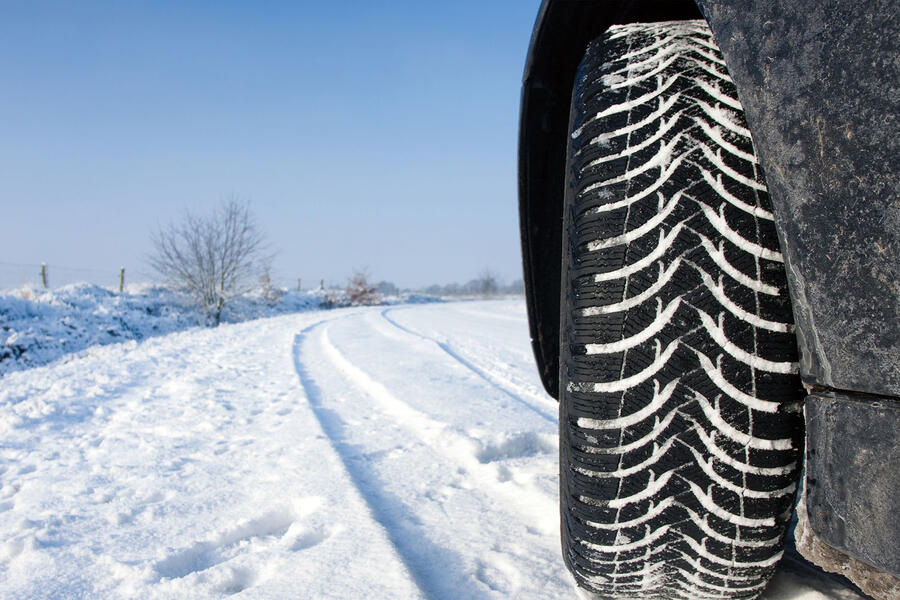
Top 10 winter driving tips
As autumn gives way to winter, preparing your car for the cold season could be the difference between getting home safely and spending a very chilly night by the side of the road. This is our comprehensive guide to preparing your car and yourself for winter.
Some straightforward preparation will make your car safer to drive in slippery conditions. Remember, a small amount of money spent now could save you a very large amount of money later on - the cost of recovery, for instance, or even an expensive insurance claim.
1. The bare essentials
As a minimum, make sure you have done all your regular checks before winter sets in. Check your car's oil level, coolant level, tyre pressures and lights. If your car hasn't been serviced for some time, it might be worth getting it done before winter sets in. It'll help ensure that everything's in good order before the temperature falls.
Now's also the time to attend to any mechanical or electrical faults because they could bring your car grinding to a halt in the worst possible weather. Test all your car's systems as well because you don't want to find out later that things like your heated rear windscreen have failed.
2. Check your antifreeze
If your car's cooling system doesn't have the correct amount of antifreeze in it, you could experience a major failure, most likely in the form of a cracked radiator, when the thermometer starts falling below zero. Get an antifreeze tester from your local motor factors and check your handbook to see what the mixture should be, and what kind of antifreeze you should be using. Any local dealer or garage will be able to test it for you, if need be.
Inspect the rest of the cooling system as well to ensure that the radiator, coolant hoses and water pump are free from leaks or visible damage.
3. Take care of your car's battery
The cold can take its toll on your car's battery, even more so if you're not driving regularly. If you find your car slow to start as the temperature falls, your battery is most likely on its way out. So if you've any doubts about the condition of the battery, get it tested by a local dealer or garage.
If your car's battery goes flat when left for several days because of a fault or a drain caused by an alarm system, consider investing in a trickle charger to keep it topped up - or get an automotive electrician to resolve any issues.
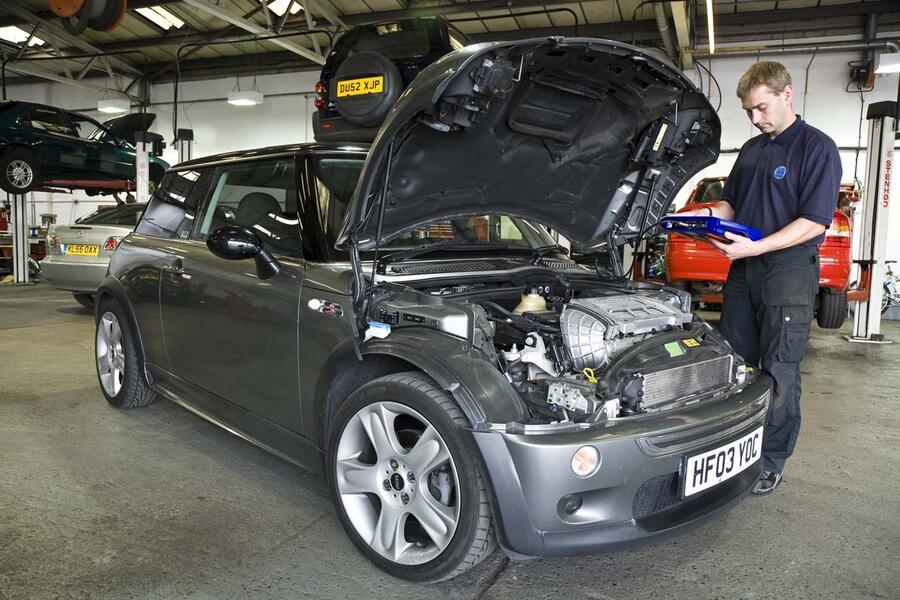
4. Keep your lights bright
As well as making sure all your lights work properly, if you know your car's light lenses are damaged or faded, then consider picking up a decent scratch repair kit for around £14.99. Carry a set of spare bulbs in your car, too, to avoid getting caught out.
Older cars may also benefit from an upgrade to more powerful bulbs in order to improve visibility, but make sure to choose compatible and appropriate bulbs.
5. Inspect your brakes
Rattles, squeals, shakes, a soft brake pedal and a noticeable increase in stopping distance are all signs that your car's braking system is in need of attention. Stopping distances are vastly increased on icy or snowy roads, and worn or faulty brakes will only exacerbate them further - so it's best to get them looked at.
6. Give your tyres a once-over
The condition and quality of your tyres will make a dramatic difference to how your car performs on wintery roads. If the tread is low, the sidewalls are damaged, you've a slow puncture or they're a budget brand, you may find your car much harder to control.
Check them over carefully and replace them if the tread is low or if there's any sign of damage. You should also seriously consider switching to winter tyres.
7. Maintain your visibility
One of the biggest dangers in winter is a lack of visibility. Replace any wiper blades that are in poor condition with high-quality items, top up your washer fluid with winter-mixture screenwash and carry clean cloths to wipe down your glass and side mirrors.
It's advisable to carry additional screenwash in the car. Running out can quickly lead to your windscreen becoming obscured by salt and grime. You may also want to get any windscreen chips or cracks looked at, as the cold could lead to them becoming much more severe.
8. Lubricate seals, locks and hinges
The cold temperatures can cause doors to stick to weather seals, in turn making the doors hard to open or even damaging the seals themselves. Don't use Vaseline to lubricate the seals because it will degrade the rubber. Use a quality rubber care stick like Gummi Pflege instead.
It's worth taking a minute to go around the car with a can of silicone lubricant as well, and spraying it in to hinges, locks and linkages. It'll stop things sticking when the temperature falls. Don't use WD-40, though, because it's not a suitable substitute for proper lubrication.
9. Pack a survival kit
After you’re done prepping your car for winter, take time to prepare in case the worst happens. Pack a bag with spare bulbs, jump leads, a torch, a decent tow strap, a high-visibility vest, warm clothes, a charger for your phone, some chocolate and some bottled water. Even if you only get stuck in a jam, they could come in handy.
If your area experiences frequent or occasionally severe snowfall, consider carrying some wooden planks, a shovel and some old carpet. All of this can be used to help get a stuck car moving.
It may be beneficial, if you have them, to pack a small selection of tools and spares - such as a bottle of coolant, oil and an ancillary belt.
8. Consider winter tyres
The UK has one of the slowest uptakes for winter or all-weather tyres in Europe. As soon as temperatures drop below 7deg Celsius, winter tyres are proven to reduce stopping distances and make your car easier to control, even in dry conditions. Scroll up to read our comprehensive guide to winter tyres.

9. Opt for snow chains, socks or mats
If you live in an area with regular amounts of high snowfall, then a set of chains could ensure you don’t get stuck. A decent set can be had from upwards of £50 online and, with practice, they can be fitted in minutes.
Snow socks serve a similar purpose and can give you enough grip and traction to drive safely across snow-covered roads. They're unpleasant to handle when they've been used though, so remember to carry disposable gloves and a bin liner or two to put them in afterwards. As with chains, don't continue driving on them once you've reached clean asphalt.
Those needing something just to get them moving could consider a set of inexpensive snow mats. Alternatively, just carry some offcuts of old carpet in the boot for emergencies.
10. Protect your car's paint and metalwork
The grit laid down to help de-ice roads can cause corrosion, so treat any rust, touch up any paint chips or damage and wax your car comprehensively, if you can, before the winter season starts.It's sensible to pressure wash the underside of your car regularly too, to blast off any salt and solution that could potentially corrode your car's underside.


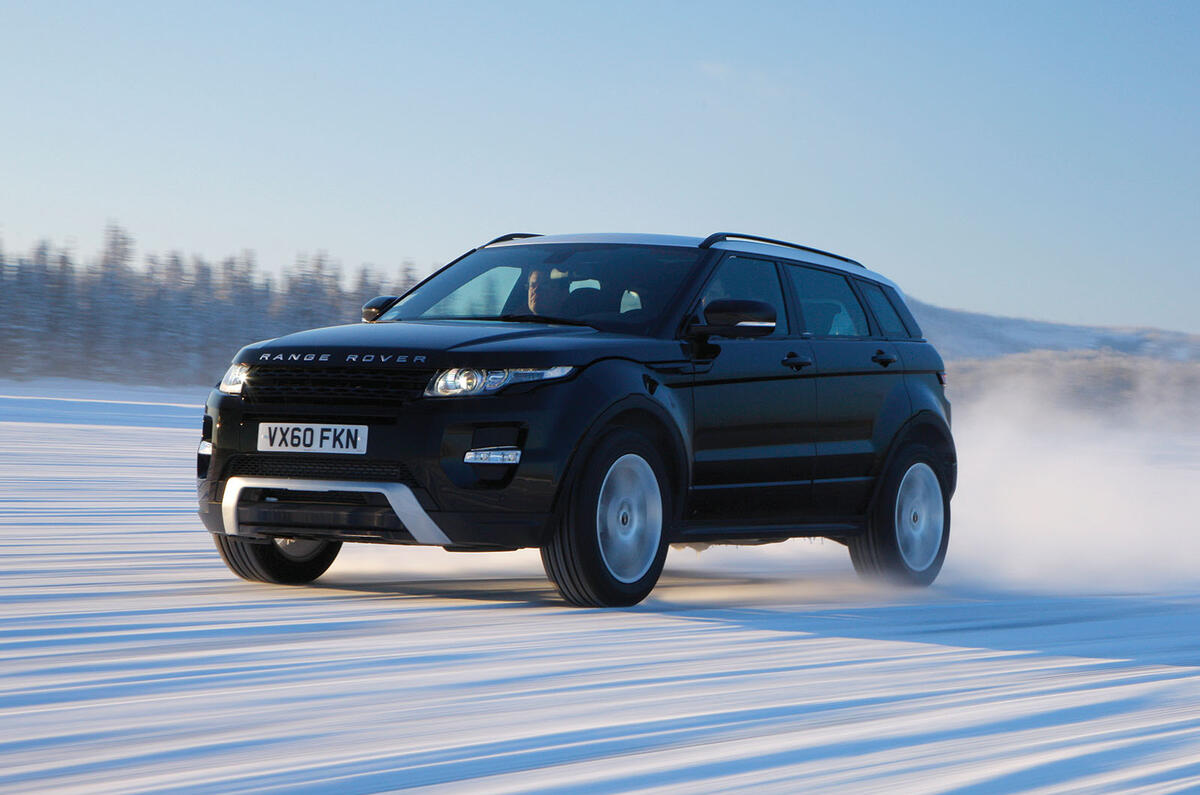
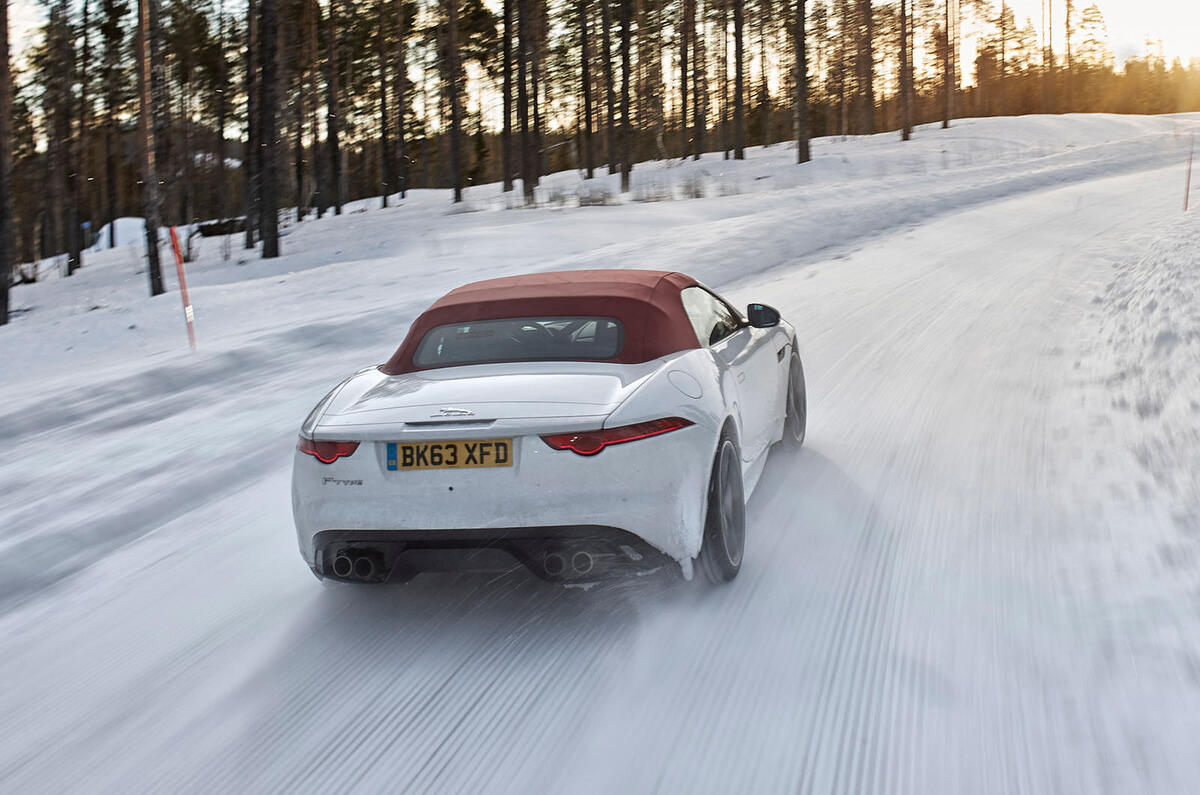
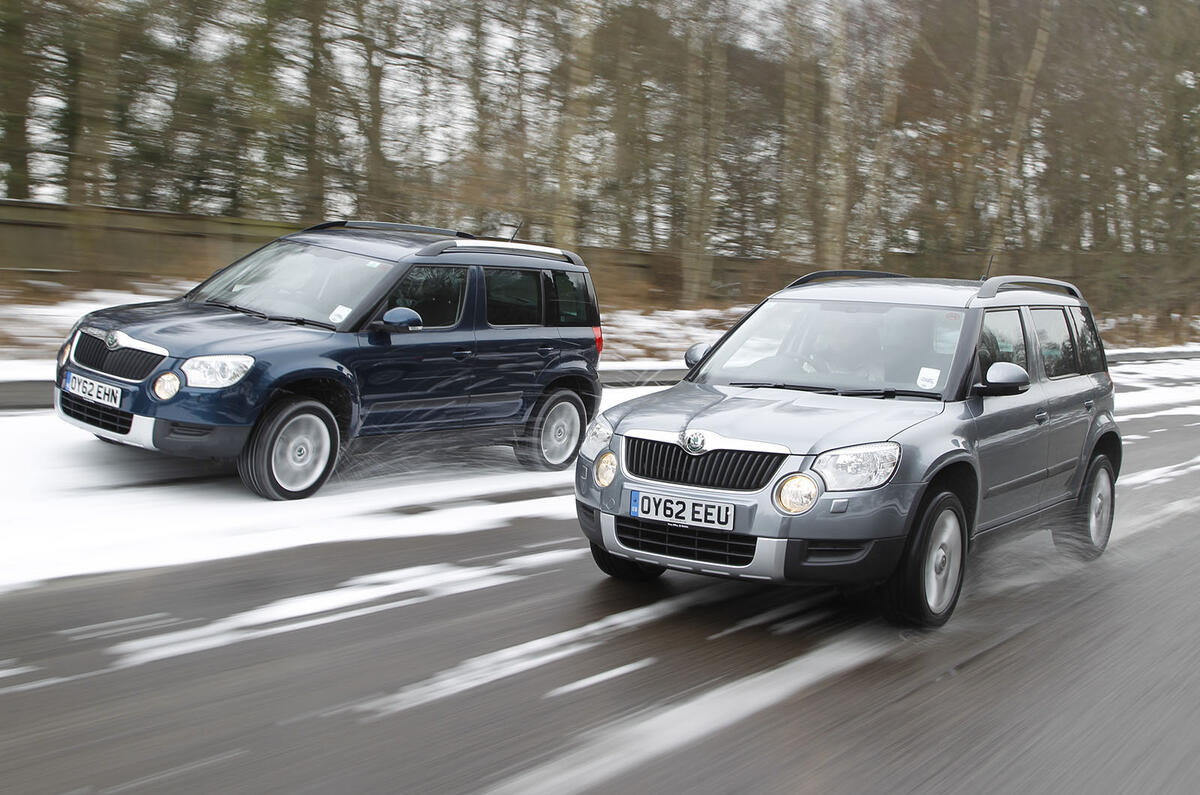
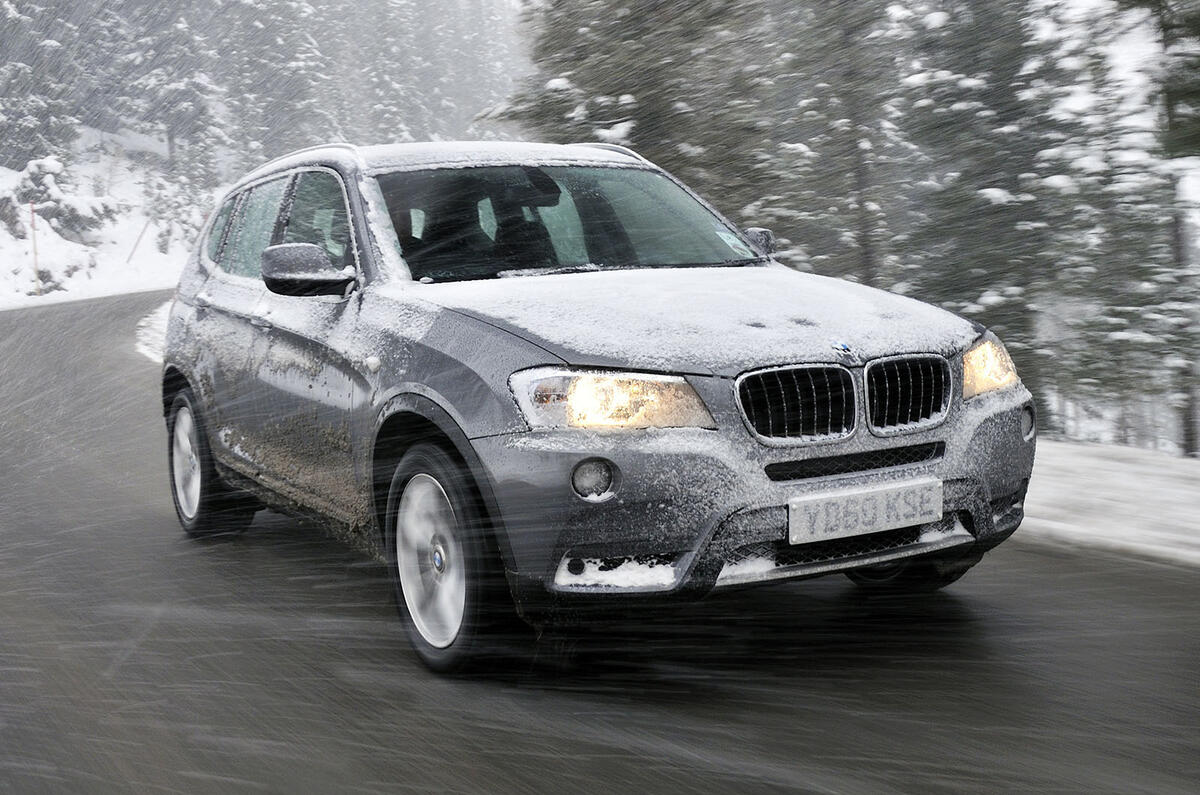
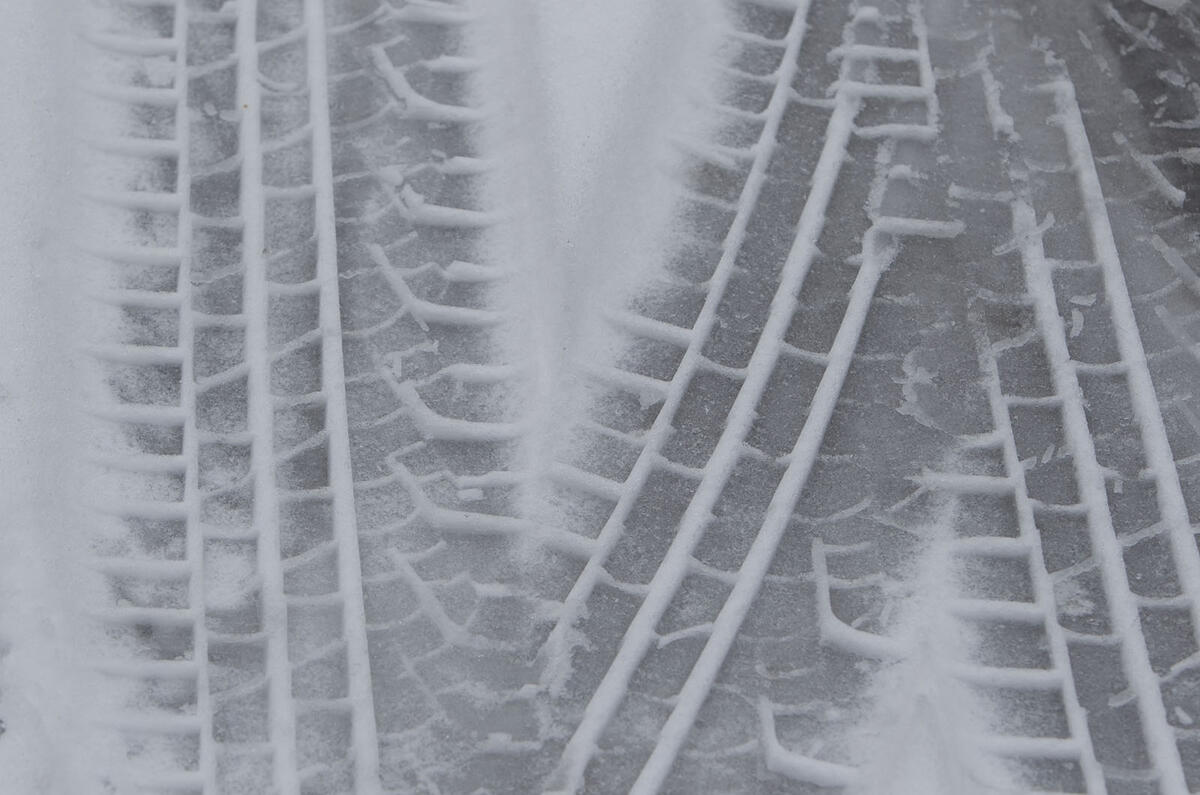

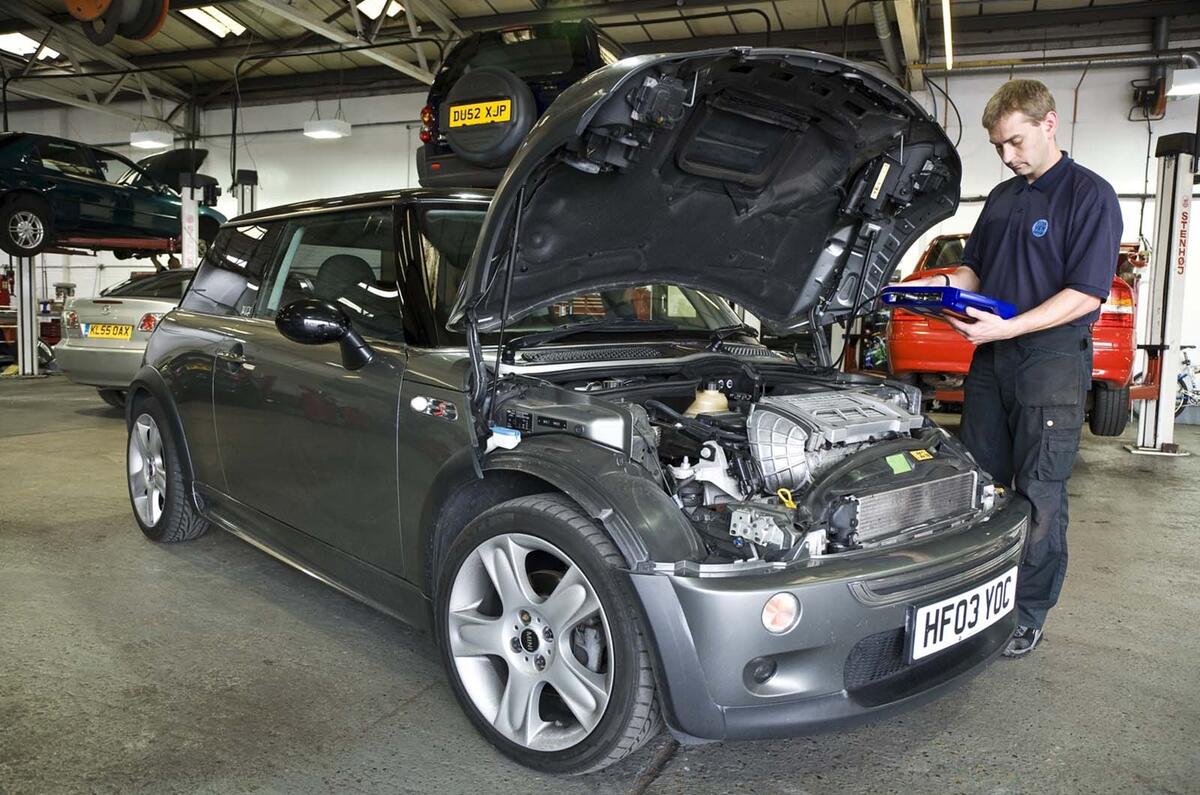

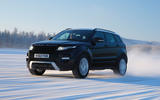

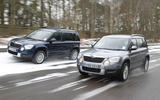


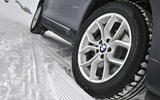



Join the debate
Add your comment
Unfortunately the idea that the "vibrating tread block" shake of the snow to improve grip is misleading.
According to Uniroyal:
Winter tyres, such as Uniroyal MS 77 Plus or Snow Max 2, have deeper tread depths which are designed to allow dry snow to pack into their treads. This packed snow actually helps improve traction and snow-on-snow friction in deep snow.
It all comes down to the fact that the freezing points and melting points of ice are related to both temperature and pressure. If you think of it like a snowball, you can put pressure on the snow and it creates an ice-bond. When a tyre holds a lot of snow, the same thing happens, making it good for traction when a tyre holds a lot of snow in its tread.
This is something I read elsewhere in the past
Biggest issue I notice over the years is that some drivers drive too close , not leaving enough braking room and especially in adverse Weather conditions, the saying used to be, only a fool ignores the two second rule, when it come to Wintertime driving you need to think more twenty seconds and don't just stamp on the brake, break gently, apply a little more if necessary, it's a judgment thing I know, but so few do it, once you've stamped on the brake your a passenger, no real control,you sit there seeing your accident coming towards you.
What dosen't get a mention is the move to wider tyres over tha last 30 yeras. By spreading the weight these are less able to cut through snow and standing water making a stronger case for specific tyres in Winter. I remember the winter of 1987 when I drove hire cars for delivery and a Sierra on 195/60 tyres was much looser than one on 165/70 tyres but as the roads were largely deserted for a week either was perfectly driveable - it was only when other drivers got into the space needed to corner or slow down that the grip beacme a real issue.